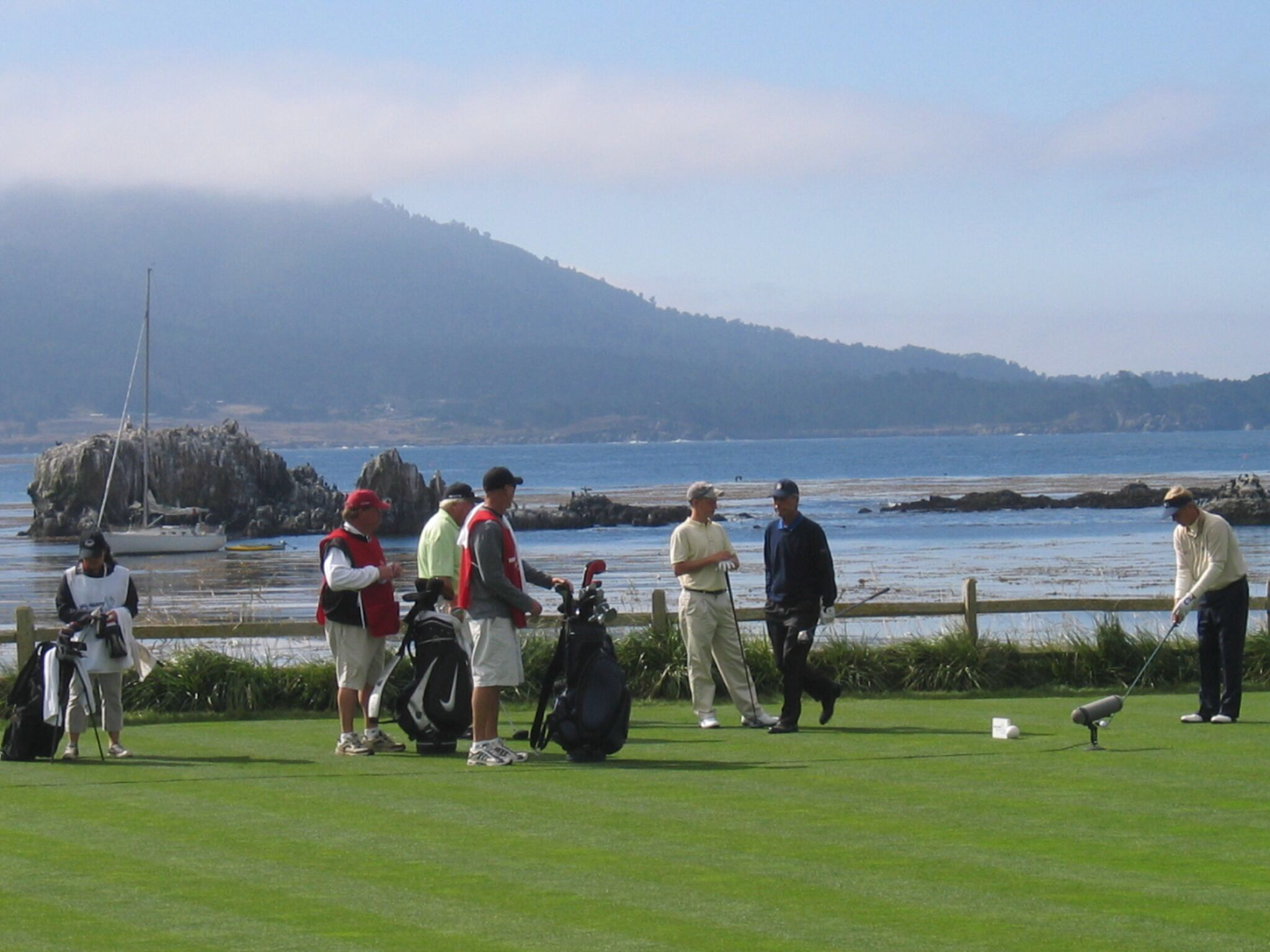If you’re reading this, I’ll assume you’re curious as to how to set more effective goals or wondering why the goals you’ve set in the past haven’t worked for you. Whatever the case may be, this article was aimed to spark your imagination and clear your vision of the future by creating more effective PROCESSES and designing your SYSTEM.
So, what are goals, and why do we believe they are “secondary”, you ask? Great question….
A goal is a written plan designed to achieve the desired result or outcome.
The 5 Problems of Focusing on Goals
1) Most people only set outcome goals, and even worse, they forget about the goals they’ve set, and the goals stay trapped in a binder, thrown under a bed, into a closet, or deep into that desk of theirs - NEVER to be referenced, seen, or modified again.
2) Winners and Losers have the same goals. Society only focuses on the winners and mistakenly assumes that ambitious outcome goals led to their success while overlooking that all the “losers” also had the same objective and didn’t succeed.
3) Achieving a goal is only a momentary change. Imagine this: you have a messy room and you set a goal to clean it, then you will have a clean room — for now. But if you maintain the same sloppy habits that led to a messy room in the first place, you’ll soon realize that you’re left with a new pile of clutter because you never changed the “system” behind it. We think we need to change our results, but in reality, we need to change the “systems” that cause those results.
4) Goals restrict your happiness. The implicit assumption behind any goal is: “Once I reach my goal, then I’ll be happy”. However, when you fall in love with your “system”, you don’t have to wait to give yourself permission to be happy. You will be satisfied anytime your system is running.
5) Goals are at odds with long-term progress. An (outcome) goal-oriented mindset can create a “yo-yo” effect, many players work hard for months leading up to a “major” tournament but once they finish the event, they stop training at the same intensity. Then, the goal is no longer there to motivate you. The purpose of setting goals is to win the tournament, and the purpose of building a “system” is to continue to grow and develop skills to play the game. Therefore, true long-term thinking shouldn’t be about any one accomplishment, it should be about continuous improvement.
The bottom line is, Goals are good for planning your progress but SYSTEMS are good for actually making progress.
Now for the interesting question, if you completely ignored your outcome goals, and focused only on your “daily system”, would you still succeed?
At ForeCollegeGolf, we believe in creating a “system” with daily process goals (not outcome). This will be the driver of change, and change is necessary for continuous improvement.
How to create your own “system”:
First, define what YOU want! We call this “outcome clarity”
Then, define the changes you need to make in your life to get there
Next, work with your trusted mentors/coaches to define your "newfound “system” or daily process goals that will be your drivers of change.
Finally, begin to work your “system” religiously, every day, no matter what. If you falter, that’s ok, be disciplined enough to commit to your “system” again the very next day.
At ForeCollegeGolf, we have a few sayings to help our young athletes build their “systems”:
“Plan your work, then work your plan”
“Prepare for the worst, but expect the best”
“Ink it, don’t just think it”
“Fix the inputs, and the outputs will fix themselves”
#collegegolf #getrecruited #collegerecruiting #playerdevelopment #ncaagolf #juniorgolfdevelopment #designyoursystem #processgoals
Mike Smith is the Founder & CEO of ForeCollegeGolf and specializes in assisting junior golfers & their families through the college recruiting process. Email him @ mike.smith@forecollegegolf.com









